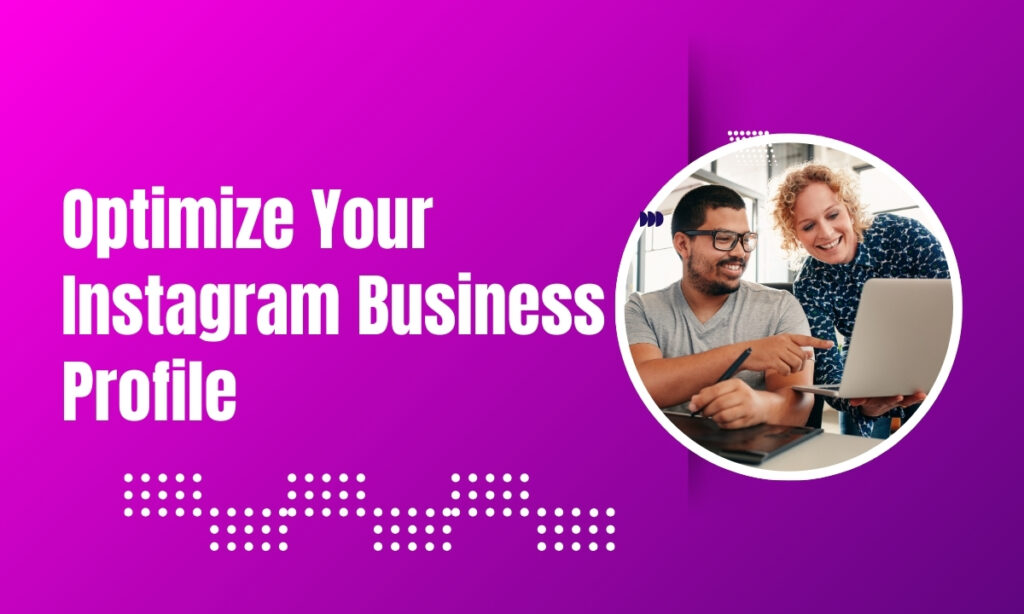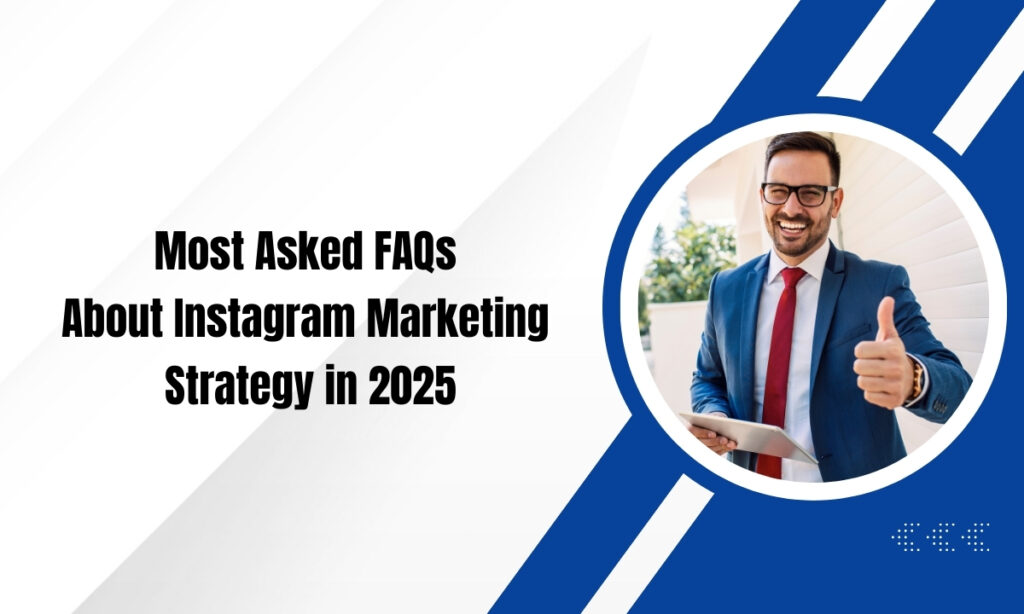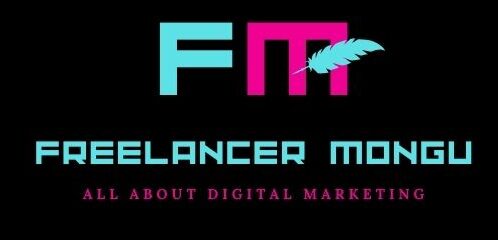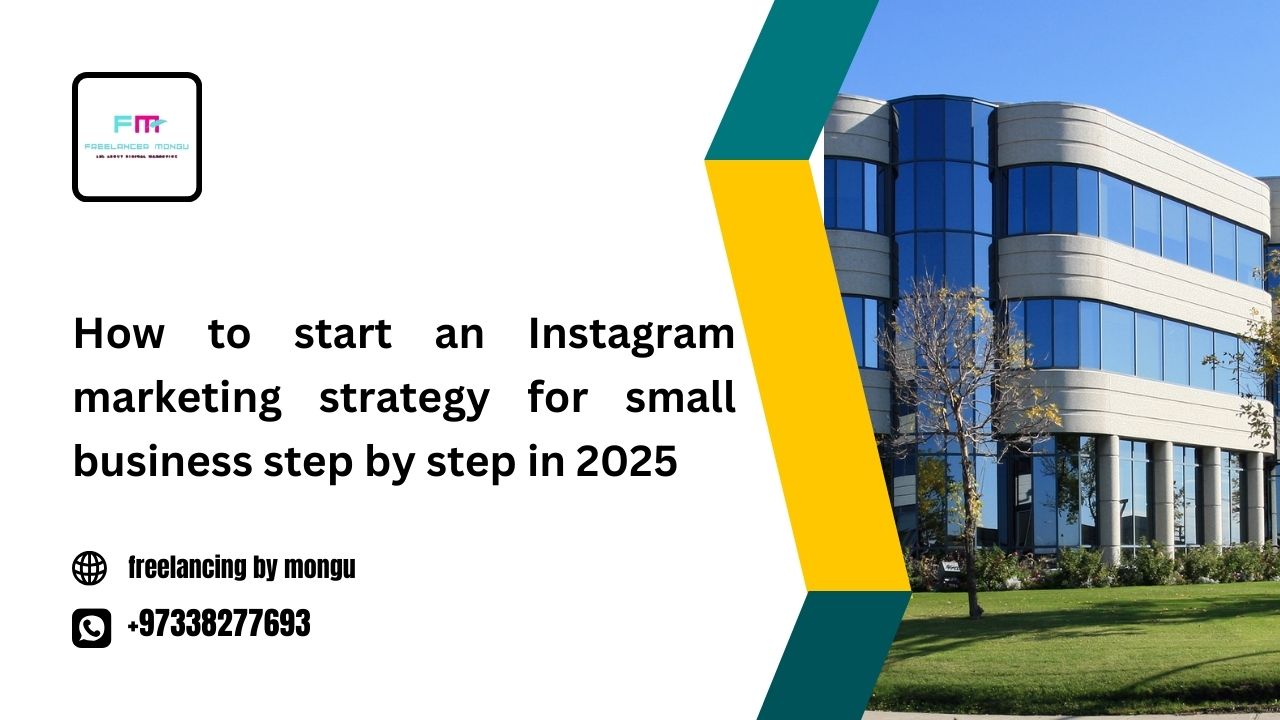An effective Instagram marketing strategy boosts brand awareness, drives engagement, and grows followers through visuals, reels, and targeted content.
In 2025, Instagram continues to be one of the most powerful platforms for small businesses to reach, engage, and convert their audience into loyal customers.
With over 2 billion monthly active users and a visual-first approach, Instagram is ideal for brand storytelling, customer engagement, and sales.
If you’re a small business owner wondering how to get started with Instagram Marketing Strategy, this step-by-step guide will walk you through building a successful Instagram strategy in 2025.
Table of Contents
Step-By-Step Guide to Instagram Marketing for Small Businesses

Define Your Goals of Instagram marketing strategy
Before creating content or running ads, set clear objectives for your Instagram marketing strategy. Your goals may include:
- Increasing brand awareness
- Generating leads or sales
- Growing community engagement
- Showcasing products or services
- Driving website traffic
Use the SMART framework (Specific, Measurable, Achievable, Relevant, Time-bound) to define goals that align with your business growth.
Optimize Your Instagram Business Profile

Make sure your profile includes
- Username: Easy to search and related to your business
- Profile Picture: Usually your logo
- Bio: A clear value proposition + a CTA (Call-to-Action)
- Link in Bio: Use a service like Linktree or Tap.bio to include multiple links
- Highlights: Organize past Stories into categories like products, reviews, FAQs, etc.
Understand Your Target Audience Instagram Marketing Strategy
Know who you’re talking to. Create a buyer persona by analyzing:
- Demographics (age, gender, location)
- Interests and behaviors
- Pain points and needs
- Online activity habits
- Use Instagram Insights, Facebook Audience Insights, and competitor research to gather data.
Plan Your Content Strategy
Your content is the backbone of your Instagram marketing. Use a mix of the following:
- Photos: High-quality product or lifestyle images
- Reels: Short, engaging videos (great for reach)
- Carousels: Multi-image posts for storytelling or tutorials
- Stories: Behind-the-scenes, polls, countdowns
- Lives: Real-time engagement with followers
- UGC: Share user-generated content to build trust
- Educational Content: Tips, how-tos, FAQs
Create a content calendar to stay consistent and plan content around promotions, holidays, and events.
Use Hashtags Strategically
Hashtags help new users discover your content.
- Use 5–15 relevant hashtags per post
- Include location-based tags for local reach
- Create a branded hashtag to promote user-generated content
Engage With Your Audience
Instagram rewards engagement.
Build relationships
- Responding to comments and DMs quickly
- Liking and commenting on followers’ content
- Hosting polls, Q&As, or giveaways
- Encouraging feedback through Stories and captions
- Building community trust takes time, but consistent interaction can turn followers into customers.
Leverage Instagram Ads (Optional)
Instagram Ads in 2025 are smarter and more targeted. You can use them to:
- Promote your products or events
- Boost posts to increase reach
- Drive traffic to your website or landing pages
Collaborate with Influencers or Micro Creators
Micro-influencers (1K–100K followers) often have high engagement and loyal audiences.
Partnering with the right influencers can boost
- Product visibility
- Brand credibility
- Direct sales
Ensure their audience aligns with your niche and brand values.
Monitor Performance with Instagram Insights
Track key performance metrics like:
- Follower growth
- Engagement rate (likes, comments, shares)
- Website clicks
- Reach and impressions
- Top-performing posts
Use insights to refine your strategy, identify what content works, and double down on high-performing areas.
Keep Adapting and Stay Updated
Instagram frequently introduces new features and algorithm updates. Stay up-to-date by:
- Following Instagram’s official blog
- Testing new content formats (like Reels or Broadcast Channels)
- Learning from competitors and trends
- Attending webinars or courses
- Adaptability is key to long-term success.
Pros and Cons of Instagram Marketing Strategy
Pros
- Large and diverse user base
- Visual platform perfect for showcasing products
- Free business tools and analytics
- Boosts community engagement
- Reels and Stories offer high reach potential
- Effective for branding and storytelling
Cons
- Requires consistent content creation
- Organic reach may decline due to algorithm
- High competition in popular niches
- Time-consuming if done without a content calendar
- Paid promotions may be needed for faster growth
Most FAQ’s About Instogram Marketing Strategy in 2025

Add an excerpt…
Is Instagram still effective for small businesses in 2025?
Yes, Instagram remains a top platform for small businesses due to its visual appeal, advanced tools, and community-based features.
How often should I post on Instagram?
- Aim to post 3–5 times a week and use Stories daily.
- Focus on quality and consistency.
- Generally, late mornings (9–11 AM) and evenings (6–8 PM) on weekdays perform well.
Should I use Instagram Reels or Posts?
Both are important, but Reels have a higher organic reach in 2025. Use a mix of Reels, carousels, and posts.
How can I grow my followers organically?
Engage with users, use niche hashtags, collaborate with creators, run contests, and post valuable content consistently.
Can I sell products directly on Instagram Marketing Strategy?
Yes, with Instagram Shopping, you can tag products in posts and Stories for direct purchase.
How do I measure success on Instagram?
Track KPIs like engagement rate, website clicks, conversion rate, follower growth, and ROI from campaigns.
Is it worth investing in Instagram ads?
Yes, especially for targeting specific audiences and driving quick results. Start with a small budget and scale up.
Do I need professional photos and videos?
Not necessarily. Smartphone photos and natural videos can perform well if they are clear, authentic, and well-lit.
What kind of content should small businesses post on Instagram?
Post a mix of:
- Product photos & demos
- Behind-the-scenes content
- Customer testimonials
- Educational tips
- Reels and Stories
- User-generated content
Keep content consistent with your brand voice and aesthetic.
What are Instagram Reels and how can they help my business?
Instagram Reels are short-form videos that help boost visibility and reach. They’re ideal for showcasing products, tutorials, or trends in a fun and engaging way, and are heavily promoted by Instagram’s algorithm.
How do I use hashtags effectively in 2025?
Use a mix of relevant, branded, and trending hashtags (10–15 per post). Research niche hashtags that your target audience is using to increase discoverability.
Should I run paid ads on Instagram as a small business?
Yes. Instagram Ads (Meta Ads Manager) allow precise targeting based on interests, behaviors, and demographics. Start with a small budget to promote posts, drive traffic, or boost conversions.
How do I measure the success of my Instagram strategy?
Track metrics such as:
- Engagement rate (likes, comments, shares)
- Follower growth
- Reach and impressions
- Website clicks
- Conversions from Instagram Shopping or ads
Use Instagram Insights or third-party tools like Later, Buffer, or Hootsuite.
Conclusion of Instagram Marketing Strategy
- Inconsistent posting
- Ignoring audience engagement
- Poor-quality visuals
- Overusing sales content
- Not optimizing your bio or call-to-actions
- Focus on delivering value and building relationships to succeed long-term.
Starting an Instagram marketing strategy in 2025 offers small businesses a powerful way to connect with their audience, build brand recognition, and drive sales through visually engaging content.
By setting clear goals, understanding your target audience, and consistently sharing high-quality posts, Reels, and Stories, you can grow your presence and boost engagement.
Success on Instagram requires more than just posting—it’s about building relationships, responding to comments, using hashtags strategically, and leveraging analytics to improve over time.
Whether you’re promoting products, sharing behind-the-scenes content, or running paid ads, a well-planned strategy tailored to your business goals can make a big impact.

